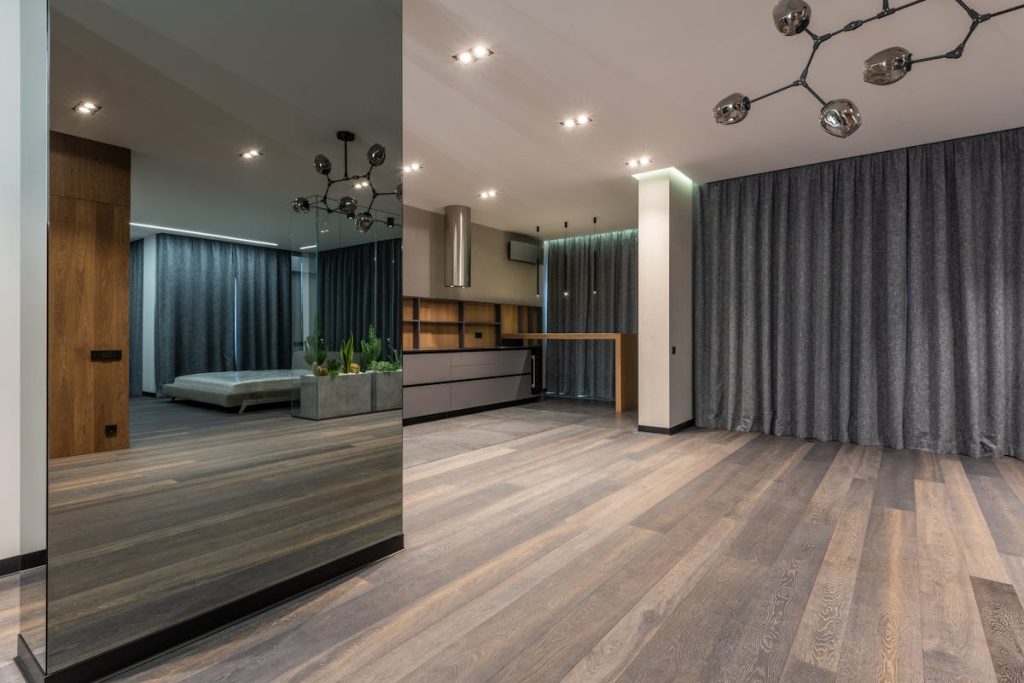Flooring choices significantly impact the environment. Conventional materials often contribute to deforestation and indoor air pollution. However, today, eco-friendly flooring options offer stylish alternatives without compromising quality. With the rise of sustainable materials like bamboo, cork, and reclaimed wood, homeowners can renovate responsibly while reducing their carbon footprint. It’s time to transform your home with flooring that reflects both elegance and environmental consciousness.
The Importance of Eco-Friendly Flooring
Many homeowners are increasingly aware of how renovation decisions affect the environment. Conventional flooring materials, such as vinyl and some hardwood species, often come with significant environmental costs. By selecting sustainable options, you can significantly reduce your carbon footprint while enhancing your indoor air quality.
Environmental Impact of Traditional Materials
Traditional flooring materials can contribute to issues like deforestation and indoor air pollution. For example, some hardwoods are harvested unsustainably, leading to ecosystem disruption. Furthermore, synthetic materials may emit harmful volatile organic compounds (VOCs), adversely impacting health and air quality. Understanding these implications is the first step towards making informed, sustainable choices.
Health Benefits of Choosing Green Options
By opting for eco-friendly flooring, you’re not only making a choice for the planet but also for your own health. Low-VOC flooring options help maintain a cleaner and healthier indoor environment. Many green materials exhibit natural resistance to issues like mold and mildew, ensuring your space remains beautiful and safe for you and your family.
Top Eco-Friendly Flooring Options
Let’s explore some of the most popular environmentally friendly flooring choices that can elevate your home’s interior while being kind to the planet.
1. Reclaimed Wood
Reclaimed wood is an excellent choice for eco-conscious homeowners. This flooring material repurposes wood from old structures, reducing the demand for new timber. Each board tells a story, and the unique textures add character to any room. Additionally, using reclaimed materials minimizes waste, making a significant positive environmental impact.
2. Bamboo Flooring
Bamboo is another fantastic eco-friendly option thanks to its rapid growth rate. It can be harvested every 3-5 years without harming the plant, making it a highly renewable resource. Known for its strength and durability, bamboo flooring comes in a wide array of styles and finishes, offering versatility for every renovation project.

3. Cork Flooring
Derived from the bark of the cork oak tree, cork flooring is both renewable and stylish. After harvesting, the bark regenerates, allowing for consistent production without harming the tree. Its natural composition offers insulation, noise reduction, and resistance to pests, making it an excellent choice for various rooms in your home.
4. Linoleum Flooring
Unlike synthetic flooring options, linoleum is made from natural materials such as linseed oil and wood flour. It’s biodegradable, durable, and available in multiple colors and patterns, giving homeowners plenty of aesthetic choices. Additionally, linoleum does not emit harmful VOCs, making it a safe option for your living spaces.
Comparing Eco-Friendly Flooring Options
Other Eco-Friendly Flooring Choices
There are several modern materials worth considering as well. For instance, recycled glass tiles offer striking visual appeal while diverting waste from landfills. Additionally, carpets made from renewable or recycled fibers present an attractive option, delivering comfort and eco-friendliness.
Laminate
If you are considering laminate flooring, look for products made from recycled content and those that meet low formaldehyde emission standards. Some eco-friendly brands prioritize sustainability in their manufacturing processes, ensuring a responsible choice for your home.
Vinyl
While vinyl flooring has often been met with criticism regarding its environmental impact, newer, sustainable options have emerged. Look for phthalate-free vinyl that adheres to environmentally friendly practices, reducing its overall footprint while still providing the durability that many homeowners desire.
Maintaining Eco-Friendly Floors
Proper maintenance is vital to ensuring the longevity of your eco-friendly flooring. Follow the manufacturer’s care guidelines, consider using products that are safe for the environment, and keep your floors clean without harming their natural beauty. By taking these steps, you can extend the life of your flooring and continue benefiting from your sustainable choices.
Opting for sustainable and lasting flooring lets you renovate your home while protecting the environment. Explore diverse styles in reclaimed wood, bamboo, or eco-vinyl to match your values. Ready for a beautiful, green space? Partner with a specialized company for a stylish and planet-conscious renovation.
https://www.youtube.com/watch?v=Jwv9iz-6dH0
